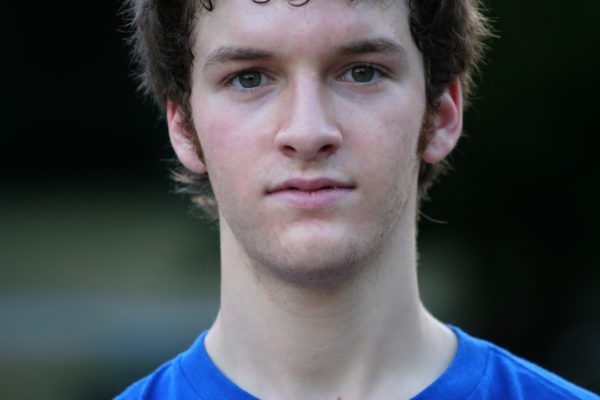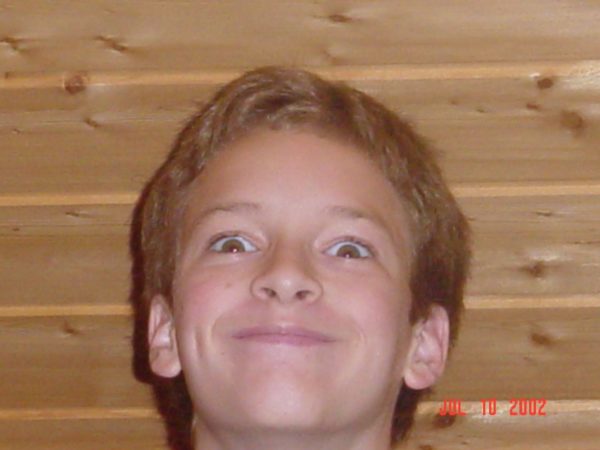Jason shared this fascinating article on how to visualize things in the spirit word. After the article, please practice, practice, practice and share your results with the rest of our family!
4 Easy Techniques to Develop Etheric Vision
Second sight for ghost hunters, healers, and mediums
Nov 23 2009
BY RICHELLE HAWKS
THE DEVELOPMENT OF etheric vision is warranted in many cases. Ghost hunters or those who feel they may have some mediumistic talents may feel inclined to develop their visual reference frameworks. Massage therapists and other bodyworkers may feel a desire to take their work to another level, either to augment current practices or develop new ones. Or you may just have a curiosity in such talents.
There are many theories, terminologies, names, methodologies associated with etheric vision. I don’t necessarily promote or subscribe to any of them, and I will be using terminologies found in different schemas to describe the experiences and phenomena. For example, although I may use the term aura, I am not suggesting anything about the standard aura mythos commonly found in New Age writings.
I am also not promoting a belief system – I encourage anyone interested in this area to read widely, experiment, and come to their own conclusions, ideas, and applications. The idea of etheric vision and its development has come to me gradually and naturally after many years of full-time bodywork, and I am convinced that communing with invisible fields and energies are a natural byproduct of intense interpersonal focus within the healing arts and similar endeavors.
That some people can view the body and immediately and correctly see problem areas without being able to necessarily articulate “why,” or see colors and moving fields may be a matter of experience rather than anything magical, special, or spiritual.
If I (and many, many others, both anciently and modernly) am correct, and these etheric fields really are somewhat objectively present, then it naturally follows that people involved in working with them (my assumption here being that healing somehow involves these fields) may over time acquire the ability to work with and see the fields even without attempting such. This has been my personal experience, and accepting the naturally occurring visual phenomena and subtle promptings therein has deepened my practice.
Because of this, I have been prompted to develop this talent, and in the process, I have found many techniques and exercises that can enhance etheric vision. Below are some of these easy techniques.
1. GATHERING AWARENESS AND GROUNDING
This is the simplest of techniques, and is warranted preceding any type of focused effort, or just an exercise in itself. Simply mentally gather or call all your awareness from wherever it may be focused (hearing the traffic outside, going over a conversation you had days ago, thinking about what to make for dinner) and bring it behind your eyes. Actually go through the motions mentally of physically gathering all aspects of yourself and your awareness together – visualize this as an interactive movie or picture. And/or you can even physically use your hands to call all your awareness together – it may look weird, but grab all the pieces in your hands, and cup your hands over your eyes, directing the awareness through your eyelids, through your physical eyes, and release it behind your eyes. Once your awareness is behind your eyes, look out from behind the back of your eyes. Not only is this a great precursor to any type of etheric vision developing or meditative practice, it does wonders when you are just feeling out of sorts, mildly depressed, or “not yourself.” To take this therapeutic effect a step further, envision a vine or flower tied to your ankles and send down its stem through the floor, through the dirt, and affixing itself strongly and securely to the center of the Earth.
2. LOOKING THROUGH THE EYELIDS
This technique takes a bit of focused practice to “get it.” For this exercise, bring your awareness to looking out of each of your eyes in turn, while both remain open. Most of us favor one eye or the other, so this can be somewhat of a frustrating exercise. With both eyes open, simply focus on an object or point out of your left eye for a few seconds, then focus on the same object with your right eye for a few seconds. There’s really no trick to this – you don’t need to squint or anything – you should be able to switch the dominant viewing after a while from one eye to another.
Once you have mastered switching the dominant eye, pick a plain, simple object (a crystal, your other hand, a lit candle, etc.) to use as a meditative device. This object should be about a foot away from your eye, at eye level. Close one eye and cover it with your palm. Now, look at the meditation object using your closed eye as dominant. This takes some practice because it is obviously very counterintuitive, and it is a subtle effect. But you will know when you have mastered it.
There is a sense of seeing the object in a very elusive and non-ordinary way. You will have the strange sensation of seeing through your closed eye. Once this feeling is attained, try to keep your focus in this vision as long as possible. After much practice, and with a sustained attention, visual phenomena such as the auric field may be seen. It may help to position the object so that it is more in line with the eye that is covered. Be sure to practice this technique with both eyes in every session.
3. PRACTICING PERIPHERAL VISION
This may be the most effective, easy technique in development of the etheric sight. It is said that the dynamics involved in peripheral vision are the same involved in etheric vision. This may have to do with using rods vs. cones (components of your eye’s retina). After much practice in developing peripheral vision, you can specifically engage dynamics learned within to facilitate etheric vision. The methods may vary, and will be apparent.
The technique is easy and can be varied in any way that is convenient or challenging. To begin, choose an object or spot directly in front of you for a reference point. Bring your arms straight out to your sides (so your body would form a ‘T’ shape), and begin wiggling your fingers. Keep your vision focused on the chosen reference area in front of you, but direct your attention to finding your fingers. Slowly bring your arms in toward the middle (still outstretched and with wiggling fingers) until you can see both hands.
Some ideas and variations
Use a candle flame for your focal object. Practice keeping your awareness on your wiggling fingers, while maintaining a fixed gaze on the flame. Try to incorporate the two dynamics, this division of averted awareness and focal point. Notice how the candle flame moves and changes, take in the movements and “feeling” without interpretation. “Notice” the flame with pure awareness. After you get the hang of attuning your peripheral vision, you can use this exercise as a meditation tool, without having to outstretch your arms. Simply engage your peripheral vision.
Have a friend stand in your peripheral vision and hold up different objects or fingers. See if you can discern the objects or the number of fingers. Developing skills in peripheral vision doesn’t take very much time, and even within one session you may be able to see improvement.
4. CLOSED EYES, OPEN EYES
This technique involves simply closing your eyes and noticing the patterns of light and other phenomena. There’s a lot going on there. We tend to filter these phenomena out. I don’t mean to imply there is necessarily anything mystical or extraordinary in this; rather, I advocate just incorporating awareness to it. Allowing the fullest spectrum of visual phenomena into our awareness brings a clearer picture of reality, which is all about perception and interpretation anyway.
Lying on a couch or bed with closed eyes, try to stay clear of day dreaming or straying attention, and keep a focus on observation. See the lights, shapes, and colors in the same way you would view a painting in a museum, look out of an airplane window, or view a movie screen in a theatre. Alternately, open your eyes, look at the ceiling, and notice any of these same phenomena are still present. Use the ceiling as a backdrop – look in front of it.
Although within this technique, and some of the others, visual phenomena may be induced in itself, these are meant to train the eyes, brain, and everyday cultural filtering mechanisms to see a bit differently, and thereby incorporate etheric vision into a general framework, enhancing and complimenting any given endeavors.



